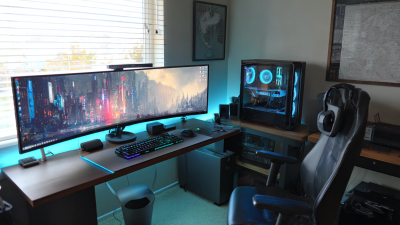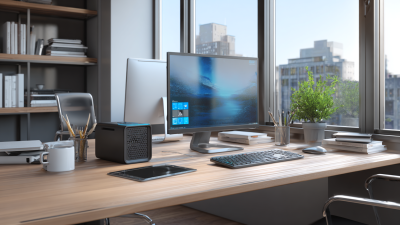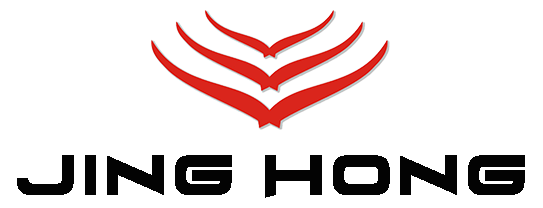One-stop service of R&D, production and sales for 10 years
Leave Your Message
The emergence of Compact PCs has revolutionized modern workspaces, offering a blend of efficiency and space-saving design that is increasingly essential in today's fast-paced professional environments. According to a report by MarketsandMarkets, the global compact PC market is projected to grow from USD 3.25 billion in 2021 to USD 5.14 billion by 2026, reflecting a compound annual growth rate (CAGR) of 9.7%. This growth underscores the shift towards more minimalist office designs and the rising demand for powerful yet space-efficient computing solutions. Compact PCs not only enhance productivity by maximizing desk space and flexibility but also cater to the evolving needs of remote work and collaborative environments. As organizations strive to foster a more agile and functional workspace, the impact of compact computing continues to resonate, fundamentally altering how tasks are performed and how technology integrates into daily operations.
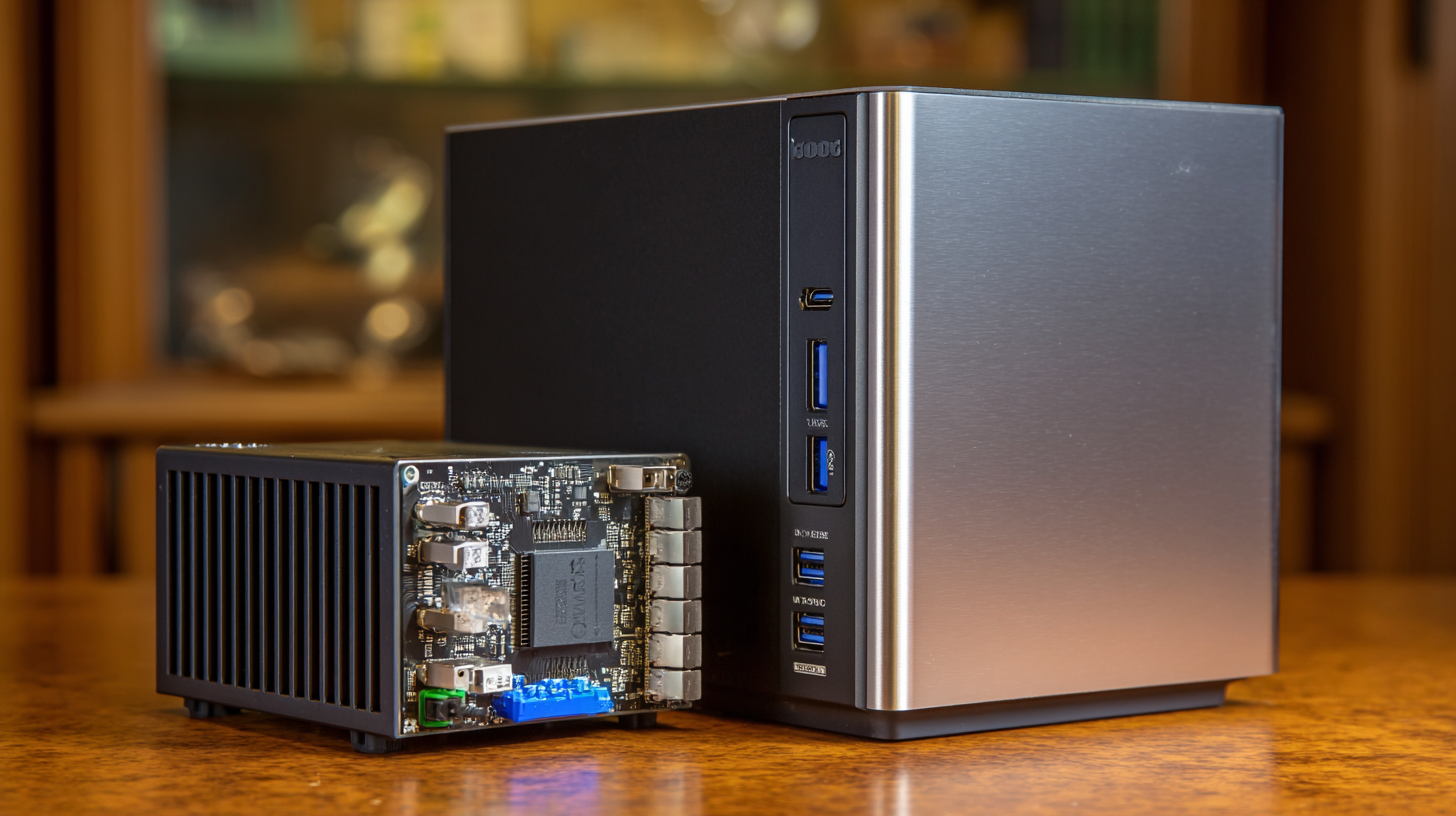
The design and innovation of compact PCs have transformed the way modern workspaces function, providing an agile and efficient alternative to traditional computing setups. As businesses increasingly adopt hybrid models, the demand for compact PCs that deliver powerful performance in a small footprint has surged. These devices are not only space-saving but also offer enhanced portability, allowing professionals to work seamlessly whether they are in the office, at home, or on the go.
Recent innovations in technology, such as AI-driven features and enhanced connectivity options, have further revolutionized compact PC capabilities. Companies are now integrating smart technologies that optimize workflows and improve user interaction, driving productivity in various sectors. For instance, AI is reshaping user experience and product design, enabling a more intuitive interaction with devices.
As compact PCs continue to evolve, their impact on modern workspaces will be profound, fostering an environment that prioritizes flexibility, collaboration, and creativity.
The advent of compact PCs has revolutionized modern workspaces, providing a space-efficient alternative to traditional desktop computers. According to Market Research Future, the global compact PC market is expected to grow at a rate of 6.5% annually through 2027, driven by the increasing demand for efficient workspace solutions. Compact PCs, often designed with powerful hardware in smaller footprints, facilitate decluttering and foster a more organized work environment, which can significantly improve productivity. Studies, such as those by the International Journal of Productivity and Performance Management, indicate that an organized workspace can lead to a 20% increase in employee efficiency.
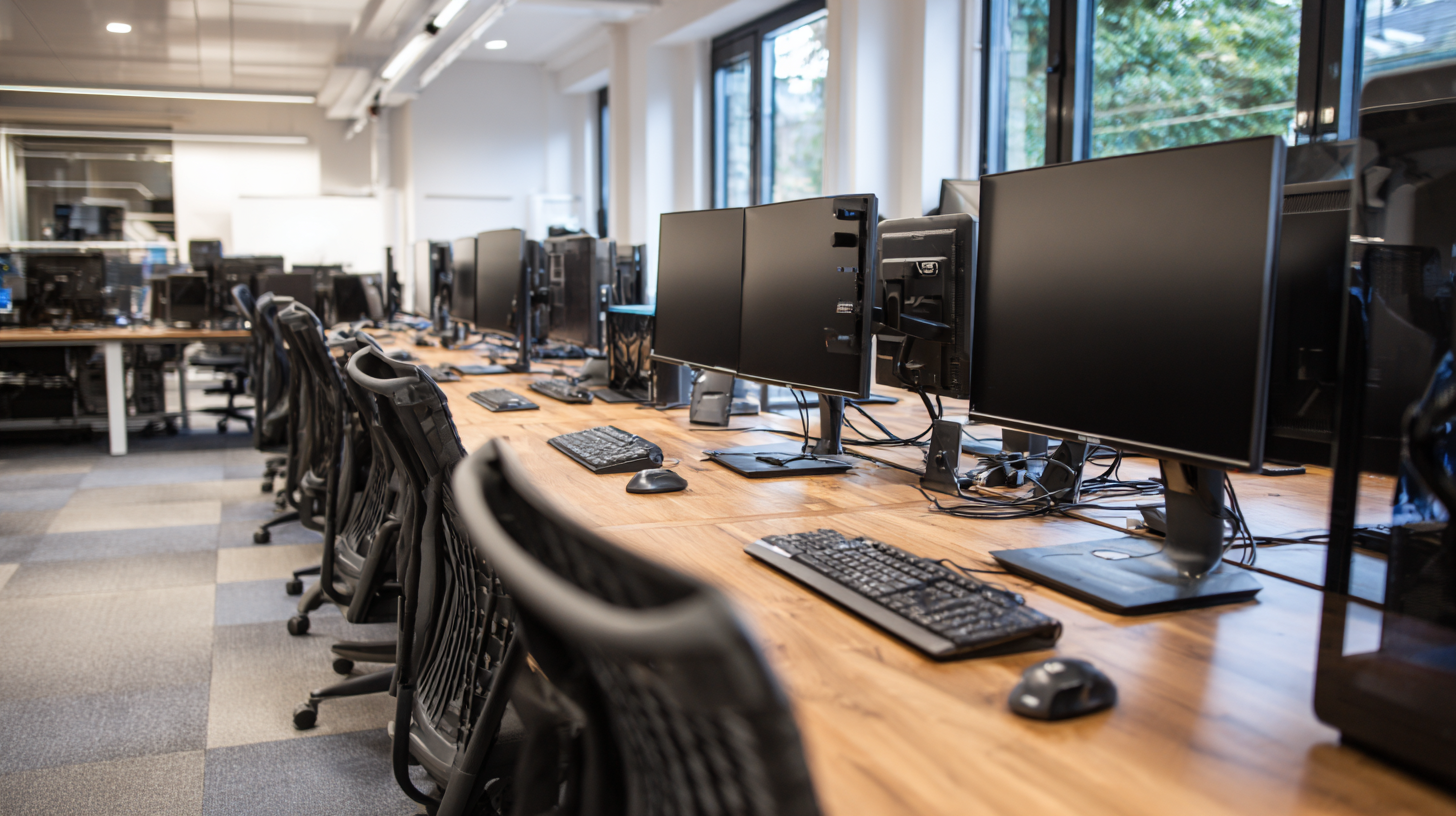
Tips for maximizing workspace efficiency with compact PCs include strategically placing your PC to minimize desk clutter and ensure easy access to peripherals. Consider using vertical space, such as monitor stands or wall-mounted shelves, to further enhance your workspace layout. Additionally, using compact PCs that support multitasking can improve workflow; devices with powerful processors and ample RAM ensure that multiple applications can run seamlessly, reducing downtime and enhancing productivity. Embracing these solutions not only optimizes the physical workspace but also contributes positively to overall employee satisfaction and output.
The rise of compact PCs has significantly transformed the landscape of remote work and collaboration. A report by Gartner indicates that over 80% of companies worldwide have embraced remote work to some extent, and compact PCs have played a crucial role in enabling this shift. Their lightweight design and powerful capabilities allow employees to maintain productivity from virtually anywhere, providing a seamless transition between home and office environments.
Moreover, compact PCs facilitate collaboration through advanced connectivity features. According to a study from IDC, 62% of teams experienced enhanced communication and project management efficiency due to the portability of their computing devices. These machines often come equipped with high-definition webcams and microphones, making virtual meetings more engaging. As organizations increasingly rely on tools like Zoom and Microsoft Teams, the compact PC's presence in the workplace continues to grow, proving essential in a hybrid work model. This adaptability not only supports individual performance but also fosters teamwork across diverse geographical locations.
This chart illustrates the average productivity increase associated with the adoption of compact PCs in modern workspaces. Before the introduction of compact PCs, productivity levels were estimated at 65%, while after their integration, there was a notable increase to 85%, showcasing their significant impact on remote work and collaboration tools.
The future of compact PC development is poised to significantly enhance productivity across various workspaces. According to a report from Technavio, the global compact PC market is expected to grow by USD 3.9 billion during the period from 2021 to 2025, highlighting a burgeoning demand for smaller, more efficient computing solutions. This growth is driven by an increasingly mobile workforce that requires both portability and power, leading manufacturers to innovate continuously in areas such as energy efficiency and processing capabilities.
One of the major trends on the horizon is the integration of advanced processing technologies such as ARM-based chipsets, which combine high performance with low power consumption. A study by IDC indicated that devices powered by such chipsets can reduce energy usage by up to 50% compared to traditional x86 architectures, which allows businesses to optimize their environmental footprint while maximizing output. Furthermore, as remote work becomes more common, companies are prioritizing compact PCs that offer seamless connectivity and cloud integration, enabling employees to work efficiently from anywhere. The shift towards versatile devices that adapt to the evolving landscape of productivity will undoubtedly shape the work environments of the future.
In modern work environments, the integration of ergonomics with compact PCs has significantly transformed how we approach productivity. Compact PCs, designed to save space and maintain efficiency, are increasingly prioritized in offices and home workspaces. Their smaller footprint leads to a more organized desk layout, which can reduce visual clutter. This organization encourages focus, ultimately enhancing productivity levels among users.
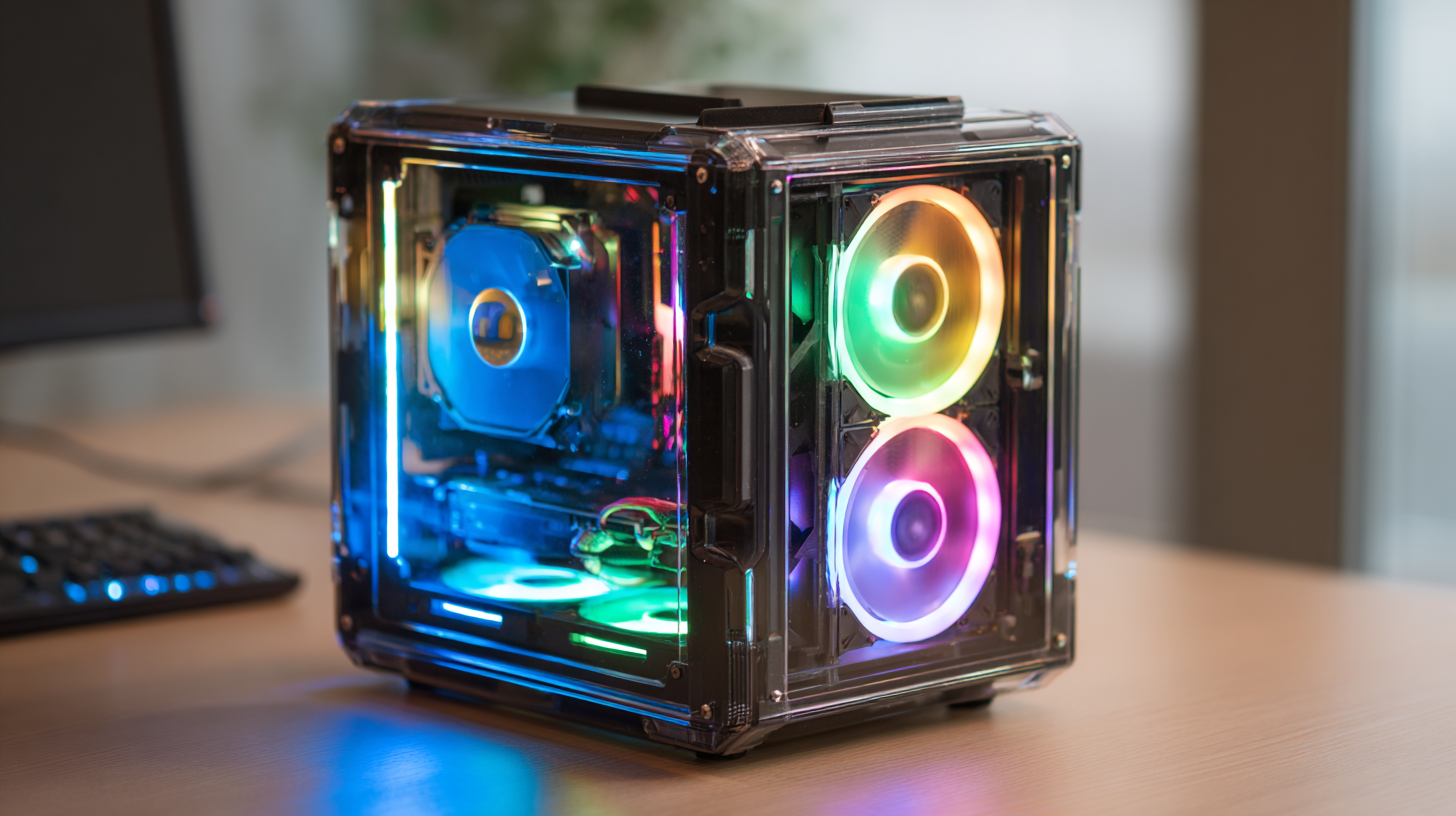
Moreover, ergonomic design in compact PCs supports better posture and comfort, addressing the common ailments associated with prolonged computer use. Features such as adjustable stands, lightweight designs, and user-friendly interfaces allow individuals to create a workspace tailored to their specific needs. As a result, users experience less strain, leading to improved concentration and efficiency during tasks. In this way, the fusion of ergonomics and compact PC technology is not only shaping modern workspaces but also underscoring the importance of well-designed equipment in fostering a more productive work culture.




